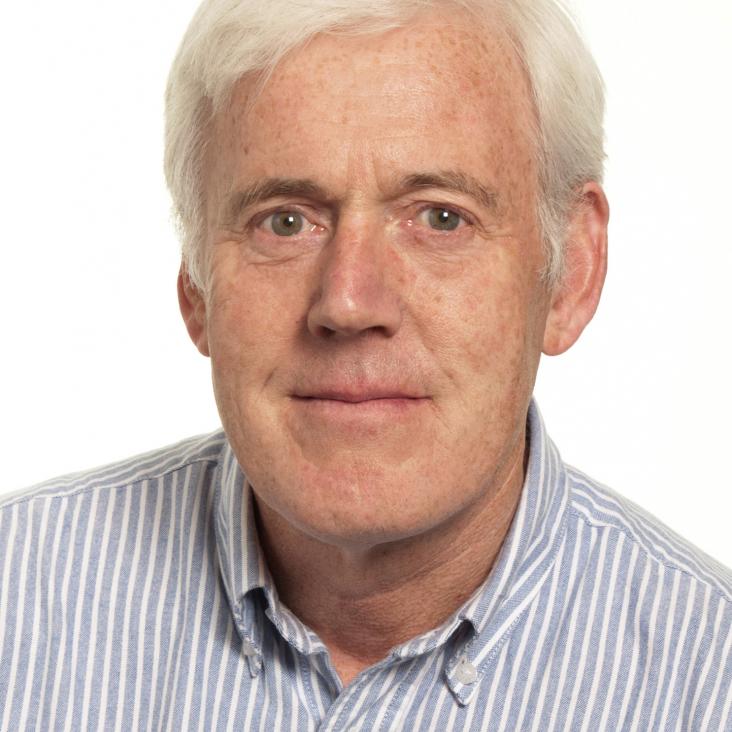Oxygen concentration effects on laser-induced grating spectroscopy of toluene
APPLIED PHYSICS B-LASERS AND OPTICS 109:2 (2012) 317-325
Photophysical effects on laser induced grating spectroscopy of toluene and acetone
CHEMICAL PHYSICS LETTERS 546 (2012) 40-46
Quantitative planar laser-induced fluorescence imaging of multi-component fuel/air mixing in a firing gasoline-direct-injection engine: Effects of residual exhaust gas on quantitative PLIF
Combustion and Flame 157:10 (2010) 1866-1878
Abstract:
A study of in-cylinder fuel-air mixing distributions in a firing gasoline-direct-injection engine is reported using planar laser-induced fluorescence (PLIF) imaging. A multi-component fuel synthesised from three pairs of components chosen to simulate light, medium and heavy fractions was seeded with one of three tracers, each chosen to co-evaporate with and thus follow one of the fractions, in order to account for differential volatility of such components in typical gasoline fuels. In order to make quantitative measurements of fuel-air ratio from PLIF images, initial calibration was by recording PLIF images of homogeneous fuel-air mixtures under similar conditions of in-cylinder temperature and pressure using a re-circulation loop and a motored engine. This calibration method was found to be affected by two significant factors. Firstly, calibration was affected by variation of signal collection efficiency arising from build-up of absorbing deposits on the windows during firing cycles, which are not present under motored conditions. Secondly, the effects of residual exhaust gas present in the firing engine were not accounted for using a calibration loop with a motored engine.In order to account for these factors a novel method of PLIF calibration is presented whereby 'bookend' calibration measurements for each tracer separately are performed under firing conditions, utilising injection into a large upstream heated plenum to promote the formation of homogeneous in-cylinder mixtures. These calibration datasets contain sufficient information to not only characterise the quantum efficiency of each tracer during a typical engine cycle, but also monitor imaging efficiency, and, importantly, account for the impact of exhaust gas residuals (EGR). By use of this method EGR is identified as a significant factor in quantitative PLIF for fuel mixing diagnostics in firing engines.The effects of cyclic variation in fuel concentration on burn rate are analysed for different fuel injection strategies. Finally, mixture distributions for late injection obtained using quantitative PLIF are compared to predictions of computational fluid dynamics calculations. © 2010 The Combustion Institute.Multi-mode absorption spectroscopy, MUMAS, using wavelength modulation and cavity enhancement techniques
Applied Physics B: Lasers and Optics 100:3 (2010) 665-673
Abstract:
Multi-mode absorption spectroscopy, MUMAS, has been combined with the techniques of wavelength modulation spectroscopy, WMS, and cavity enhanced absorption spectroscopy, CEAS, to record multiple molecular transitions using a single laser and a single detector. MUMAS signals were recorded using a multi-mode diode laser of the A-band b1Σg+ → X3Σg- of molecular oxygen at 760 nm. Direct MUMAS and WMS-MUMAS signals were recorded using a White cell for air and pure oxygen for pressures in the range 0 to 1 bar. CEAS-MUMAS signals were recorded with and without WMS in an open enhancement cavity containing laboratory air. Enhancement of the signal-to-noise ratio has been obtained demonstrating the potential for increased detection sensitivity for gas-sensing applications of MUMAS. © Springer-Verlag 2010.Detection of C2H2 and HCl using mid-infrared degenerate four-wave mixing with stable beam alignment: towards practical in situ sensing of trace molecular species
APPLIED PHYSICS B-LASERS AND OPTICS 98:2-3 (2010) 593-600


